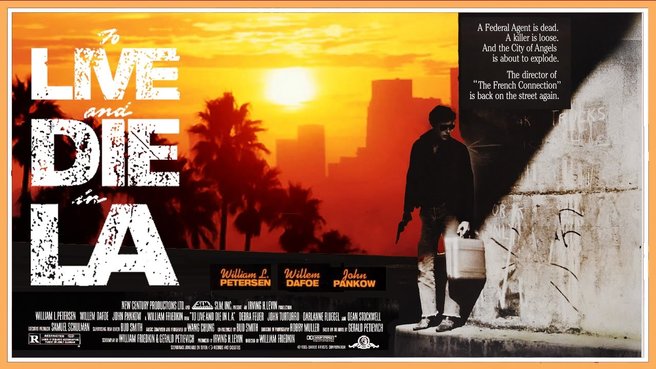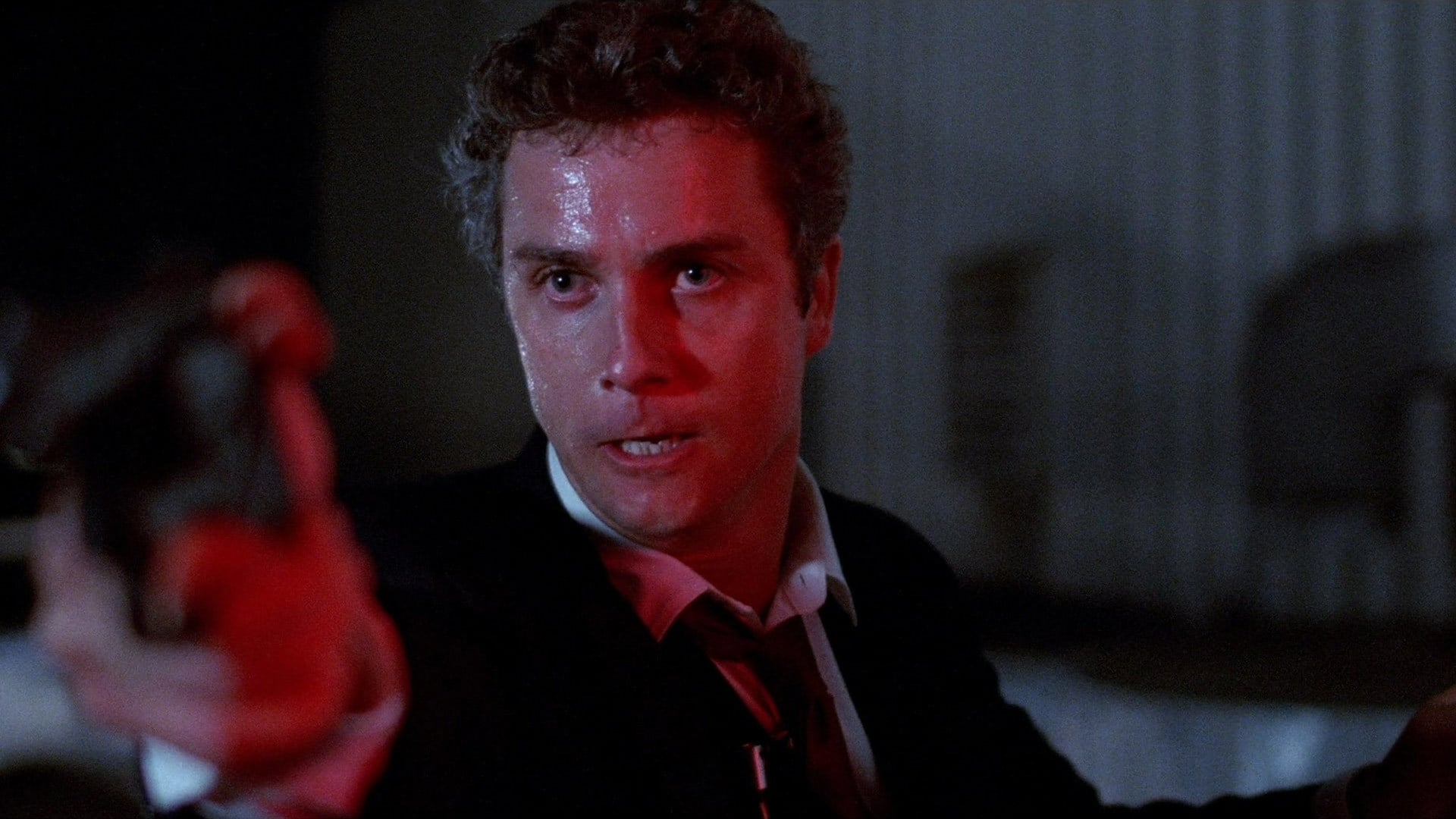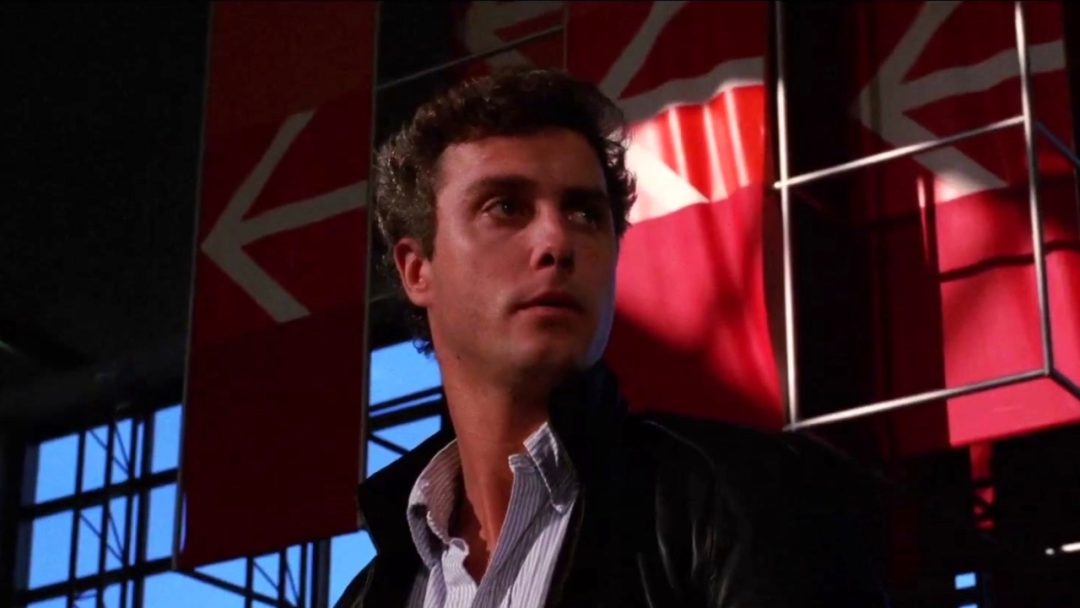To Live And Die In LA is another masterpiece of neo-noir (neon-noir?) from the 1980s that has fallen out of the zeitgeist for some unknown reason. You would normally not expect this, as it was directed by William Friedkin. He even manages to top the famous car chase scene from The French Connection in this one. Just like how that movie was very 1970s, this one is very 1980s. It even has a soundtrack by Wang Chung. It is a neon-soaked slice of crime movie mastery.

The film follows the attempts of a treasury agent and his new partner to catch a counterfeiter who murdered his previous colleague. They will go to, and past, the limits of the law to track him down. William Peterson is the lead, Richard Chance. His partner gets wasted by William Defoe, the master counterfeiter, a few days before his retirement.
After Chance’s partner is dead, he swears to bring down the killer no matter what it takes. He basically bullies his new partner into joining him in many illegal schemes throughout the story in an effort to achieve this. Extortion, robbery, lying to his superiors, murder, rogue operations, you name it. Chance has no real limits. He isn’t really a bad guy, he just thinks his personal agenda is more important than following laws. It’s made clear he is right on, or over, the edge. As a result, you start to wonder if the two agents are going to wind up in a Federal Penitentiary before Defoe even gets a parking ticket.
This movie may also be the first time the phrase “I’m too old for this shit” was ever used on screen.

I’m being vague because the movie has a pretty big shock toward the end that I am definitely not going to ruin for you.
To Live And Die In LA is very slick, stylish, and violent. Of course, it is violent. You guessed that because I am writing about it. The director’s credentials are unquestionable. You know it is going to be a good movie, with a compelling and well-written story, when you see his name attached. It is based on the 1984 novel of the same name by former U.S. Secret Service agent Gerald Petievich, who co-wrote the screenplay with Friedkin.
The color is vibrant. The soundtrack is cool as hell. It is a visual masterpiece. Friedkin really uses his skill to play with the neon-soaked colors of 1980s Los Angeles. Winding Refn was clearly influenced heavily by this movie.
A fun background story for the movie. Over one million dollars of counterfeit money was produced but with three deliberate errors so that it could not be used outside the film. The filmmakers burned most of the fake money but some leaked out, was used, and linked back to the production including the son of one of the crew members trying to use some of the prop money to buy candy at a local store.
Three FBI agents from Washington, D.C. interviewed around fifteen crew members including Friedkin, who screened the workprint for them. He offered to show the film to the Secretary of the Treasury and offered to take out anything that was a danger to national security. He never heard back from the government.
Roger Ebert gave To Live And Die In LA four out of four stars and wrote:
“…the movie is also first-rate. The direction is the key. Friedkin has made some good movies…and some bad ones. This is his comeback, showing the depth and skill of the early pictures”.
If you haven’t seen To Live And Die In LA yet, you are missing out on one of the best cop films of the 1980s.
This article is recreated from our old site.
Check back every day for movie news and reviews at the Last Movie Outpost










